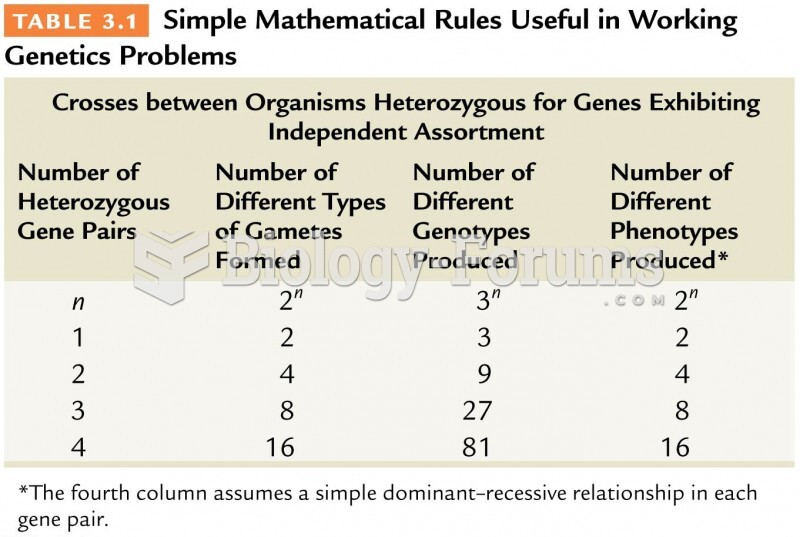Answer to Question 1
Peer evaluations may cause problems because such evaluations may not be readily accepted when employees believe that there is friendship bias; peers are less discriminating among performance dimensions as compared to supervisors; peers are often not given the same training supervisors receive regarding appropriate evaluation of performance.
Answer to Question 2
Each of the following points are the six suggestions for the termination meeting along with a description of why they are important:
1. Be respectful. Treat the terminated employee with respect and dignity and keep information regarding the termination confidential.
2. Get right to the point. At this state, the less said, the better. Summarize the performance problems, actions that the organization has taken to help the employee overcome these problems, outcomes of these actions, and the decision about termination that you have reached.
3. Wish the employee well. The purpose of this meeting is not to re-hash all the reasons for your termination decision. Instead, use the meeting to wish the person well in his or her next job and that he or she will be missed.
4. Send the employee to Human Resources. Allow the employee to receive information regarding his or her benefits and legal rights. If appropriate, seek outside legal counsel for this information.
5. Have the employee leave immediately. Keeping the terminated employee on-site can lead to gossip, conflict, and disgruntled employees may engage in sabotage.
6. Have the termination meeting at the end of the day. This will allow the employee to leave the office as everyone else and also there will be fewer people around.
These suggestions are important mainly for two reasons: first, to protect the feelings and future of the terminated employee; and second, to protect the organization and the employees within the organization. A termination is difficult enough for the employee. There is no reason to make it any more difficult on the employee. Further, a termination could easily provoke contention and disrupt employees within the organization. The more this can be limited, the better it is.







